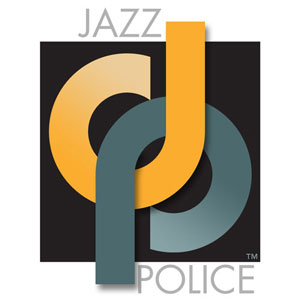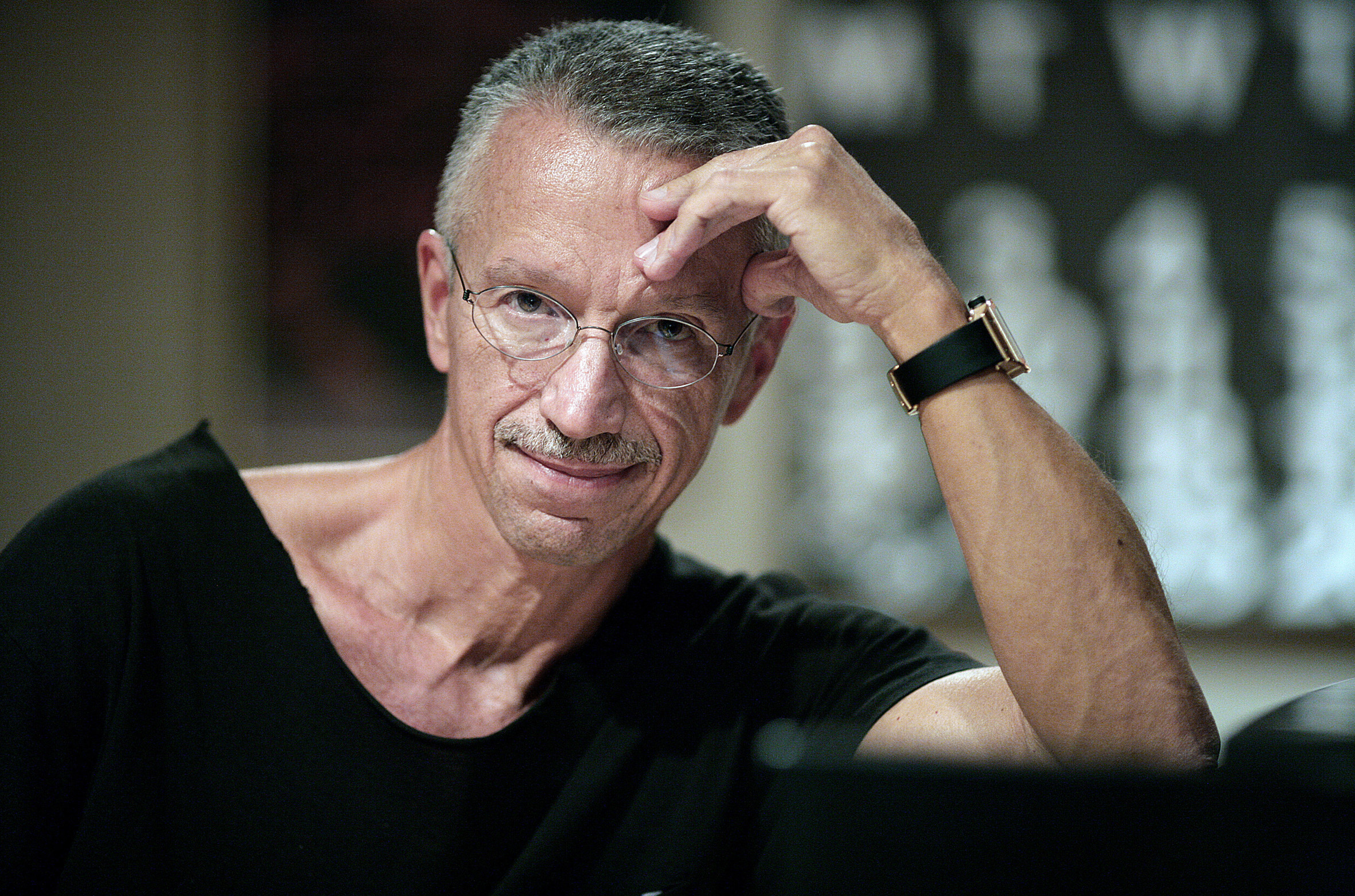By Don Berryman
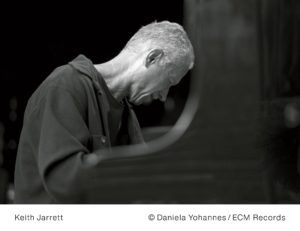 Celebrating virtuoso Kieth Jarrett at 80, ECM records is releasing New Vienna, which is the fourth album to be issued from his 2016 European tour. This follows ECM’s release of Munich 2016 released in 2019, Budapest Concert released in 2020, and Bordeaux Concert released in 2022. The album contains 10 tracks and like most of his solo concert recordings, beginning with Solo Concerts: Bremen/Lausanne in 1973; they are labeled as numbered parts (Part I, Part II, etc.) and considered one suite. The title New Vienna because Jarrett previously released an album called Vienna Concert (recorded in 1991 at the Vienna State Opera) whose music, he once claimed, spoke “the language of the flame itself”, after long years of “courting the fire”.
Celebrating virtuoso Kieth Jarrett at 80, ECM records is releasing New Vienna, which is the fourth album to be issued from his 2016 European tour. This follows ECM’s release of Munich 2016 released in 2019, Budapest Concert released in 2020, and Bordeaux Concert released in 2022. The album contains 10 tracks and like most of his solo concert recordings, beginning with Solo Concerts: Bremen/Lausanne in 1973; they are labeled as numbered parts (Part I, Part II, etc.) and considered one suite. The title New Vienna because Jarrett previously released an album called Vienna Concert (recorded in 1991 at the Vienna State Opera) whose music, he once claimed, spoke “the language of the flame itself”, after long years of “courting the fire”.
This 2016 European tour was Jarrett’s final one. He suffered two strokes in 2018 and announced that he would never tour again. In the 1990s Jarrett suffered from chronic fatigue syndrome and cancelled a concert tour, but later found a way to tour again. Because of that recovery and subsequent tours we have this great recording and others from the 2016 tour when he was performing at his peak.
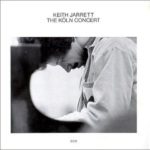 In addition to his solo work Keith Jarrett recorded in many configurations, including a stint with Miles Davis in the early 1970’s. He recorded for a decade with his groundbreaking quartet Dewey Redman, Charlie Haden and Paul Motian. And his “Standards” trio with Gary Peacock and drummer Jack DeJohnette dug deep into the jazz canon. In those contexts he performs either his own compositions or standards. But it is really Jarrett’s improvised solo piano works that have captivated audiences since the 70’s – his The Köln Concert from 1975, celebrating its 50th anniversary this year, remains the best selling solo piano recording in history in any genre.
In addition to his solo work Keith Jarrett recorded in many configurations, including a stint with Miles Davis in the early 1970’s. He recorded for a decade with his groundbreaking quartet Dewey Redman, Charlie Haden and Paul Motian. And his “Standards” trio with Gary Peacock and drummer Jack DeJohnette dug deep into the jazz canon. In those contexts he performs either his own compositions or standards. But it is really Jarrett’s improvised solo piano works that have captivated audiences since the 70’s – his The Köln Concert from 1975, celebrating its 50th anniversary this year, remains the best selling solo piano recording in history in any genre.
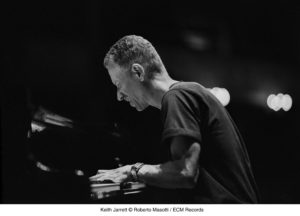 Keith Jarrett starts each of his solo concerts not knowing what he is going to play; he is exploring and discovering the music as he plays. As he said in 2013 “What I’m seeking is this music that’s in the air that is ready to be played at all times, that’s why I show up at a concert. That’s why I do solo concerts. When I’m out there and there’s just a piano, if I can be available to that music that was not played or if I can manage to mold something that I never expected to happen to me. And that’s why being in the room as an audience member for a solo concert, you are actually watching the process”. 1
Keith Jarrett starts each of his solo concerts not knowing what he is going to play; he is exploring and discovering the music as he plays. As he said in 2013 “What I’m seeking is this music that’s in the air that is ready to be played at all times, that’s why I show up at a concert. That’s why I do solo concerts. When I’m out there and there’s just a piano, if I can be available to that music that was not played or if I can manage to mold something that I never expected to happen to me. And that’s why being in the room as an audience member for a solo concert, you are actually watching the process”. 1
This process results in unexpected sounds and constructs. Jarrett says “I started to realize the universe actually requires all sounds, in a way. And so if you want to be anthropomorphic or whatever that is, there is no such thing as atonality. You’re either putting more colors together, or you are putting less. Or you’re choosing. So tonality is a choice.” 2
This approach also leads to different melodies. While listening to “Part III” from his Bordeaux Concert (which was recorded three days prior to New Vienna) Jarrett talked about this improvisational approach as opposed to composition: “That melody doesn’t conform to the kind of melody writing that one could make if they were writing it. It just conforms to its own self, which is what I want to see happen with my stuff.” 3
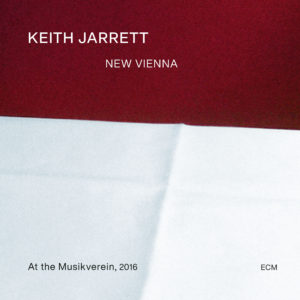 New Vienna is being released by ECM records on May 30th as a CD and a 2-LP set. Keith Jarrett has provided us with another masterpiece with this album. The music is so varied on this album each part really stands on its own.
New Vienna is being released by ECM records on May 30th as a CD and a 2-LP set. Keith Jarrett has provided us with another masterpiece with this album. The music is so varied on this album each part really stands on its own.
- “Part I” begins with dissonance and the pace is frenetic and aggressive, then adds dazzling counterpoint – listening to it is a workout because so much is going on.
- “Part II” II brings the tempo and temperature down, it begins dark and ominous then grows melodic while retaining the dark undertone.
- “Part III” has soaring melodic runs over vampish, dense left hand motifs. It conjures images of massive but intricate machine works.
- “Part IV” is a pastoral, bittersweet tune.
- “Part V” is a ballad that unfolds slowly like a flower revealing the beauty of its structure. (See video clip below)
- “Part VI” Notes fall like raindrops moving to counterpoint ascending and descending abstract figures.
- “Part VII Very melodic classical sounding piece with Spanish figures.
- “Part VIII” is a playful blues schooled in bebop without cliches.
- “Part IX” is a rhythmic gospel influenced piece.
- It closes with “Somewhere Over The Rainbow” as an encore as Munich 2016 did, but of course this is an entirely different take.
Concerts dates and venues for the 2016 European tour:
- July 3, 2016 (8 PM) Béla Bartók National Concert Hall, Palace of Arts, Budapest, Hungary – released on ECM as Budapest Concert
- July 6, 2016 (8 PM) L’Auditorium de Bordeaux, Bordeaux, France released on ECM as Bordeaux Concert
- July 9, 2016 (7:45 PM) Goldener Saal, Musikverein, Vienna, Austria – released on ECM as New Vienna
- July 12, 2016 (7 PM) Parco Della Musica, Rome, Italy – yet to be released
- July 16, 2016 (7 PM) Philharmonie, Gasteig, Munich, Germany – released on ECM as Munich 2016
- Reed, Josephine. (2013). Keith Jarrett 2014 NEA Jazz Master. NEA Art Works Podcast https://www.arts.gov/stories/podcast/keith-jarrett
- Iverson, Ethan. (2009), Interview with Keith Jarrett. Do The Math https://ethaniverson.com/interviews/interview-with-keith-jarrett/
- Chinen, Nate. (2022). Keith Jarrett’s eternal balancing act. NPR https://www.npr.org/2022/08/04/1115444808/keith-jarrett-eternal-balancing-act
Link to original Jazz Police article: http://jazzpolice.com/archives/17749
